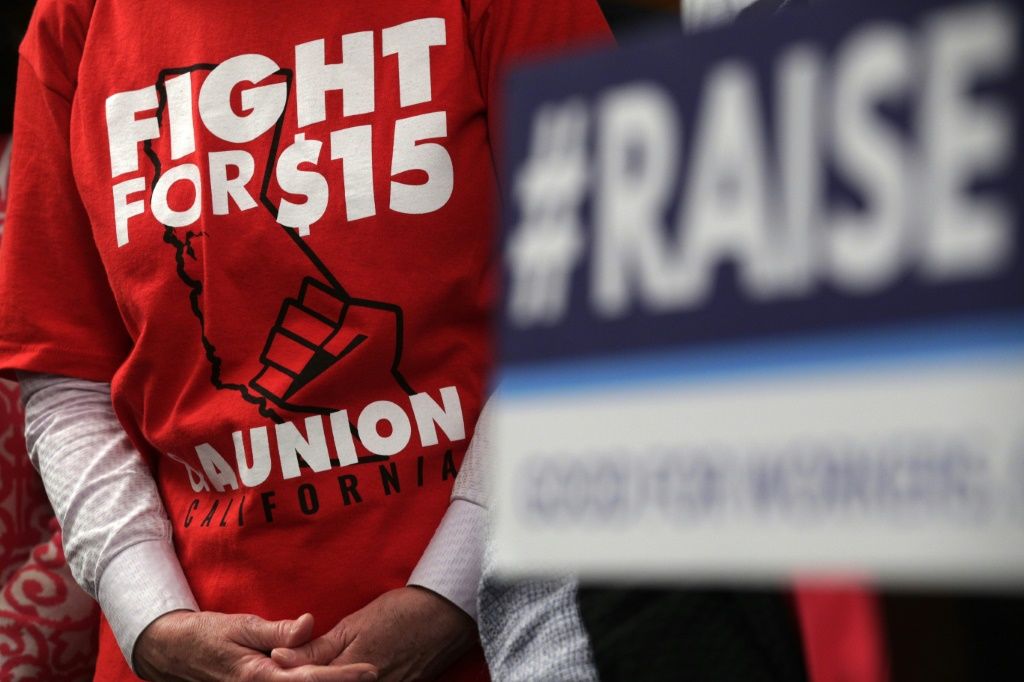Soaring inflation has made federal assistance programs for low-income Americans more critical than ever.
But a federal minimum wage is the wrong way to do it. Instead, stimulus checks or cost of living assistance programs are a better way to address the issue.
When the Fair Labor Standards Act introduced the federal minimum wage in 1938, it had a dual goal, to help low-income Americans deal with the high cost of living and to provide a stimulus to the ailing economy. That’s something businesses need in challenging economic times, like recessions.
Over time, the federal minimum wage failed to serve both goals effectively, as chronic inflation made it irrelevant.
A recent Economic Policy Institute analysis found that the value of the federal minimum wage adjusted for inflation has touched its lowest value in 66 years. For instance, based on the price increases in June, the current federal minimum wage of $7.25 per hour is now worth less than any February 1956, when it was 75 cents per hour, or $7.19 in June 2022 dollars.
So, should Washington get rid of the minimum wage?
Andrew Duffy, CEO of SparkPlug, doesn’t think so, finding it inadequate and ineffective in protecting the earnings of low-income Americans from inflation.
“Inflation has made the minimum wage more important and relevant than ever — as costs of living rise, we need guardrails in place to ensure every worker can survive on the earnings from their labor,” Duffy told International Business Times in an email. “I think it’s disturbing that our pie-in-the-sky goal for economic welfare in the richest nation on Earth is ‘survival,’ but here we are.”
Then there’s the problem of cost-of-living disparities across states.
“There’s a reasonable argument to be made that the minimum wage required for Midtown Manhattan will never match up with the minimum wage required for rural Arkansas,” Duffy noted. “There’s an equally reasonable argument to be made that the free market for labor breaks in rural, sparsely populated areas where individual employers can hold massive leverage over employees who don’t have other accessible employment options. Hence, government intervention is required to protect people.”
That’s why Duffy thinks that America needs labor regulations that adjust the minimum wage for inflation at the state level.
“Instead of setting ourselves up for protracted political fights every year to raise the federal minimum wage, create a law that requires minimum wages in each state to rise proportionally to the trailing year’s increase in consumer prices,” he said.
While minimum wage is an inadequate and ineffective way of protecting the income of low-income Americans from inflation, it is an inefficient policy for addressing the needs of the economy during recessions, too. For example, during recessions, low-income Americans need assistance to cope with the loss of income due to higher unemployment, something the minimum wage does not address, as unemployed workers do not receive any wages.
Furthermore, it does not provide the economic stimulus businesses need during these difficult times. That is why a policy of stimulus checks that supplement unemployment benefits like the one policy-makers used to save the economy from the pandemic recession may be a better choice than raising the minimum wage. Moreover, it can be considered a more effective way of dispensing federal assistance to low-income Americans in periods of inflation and recessions.
MEET IBT NEWS FROM BELOW CHANNELS







